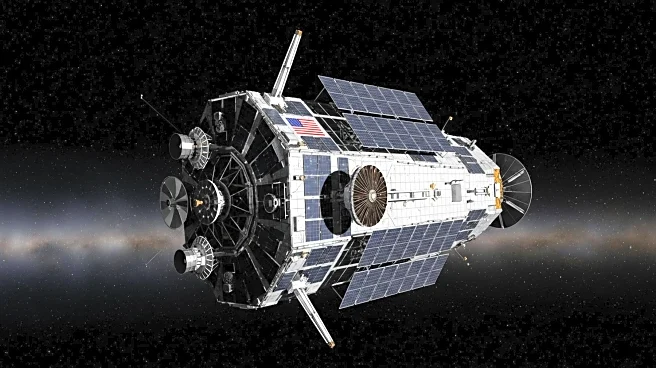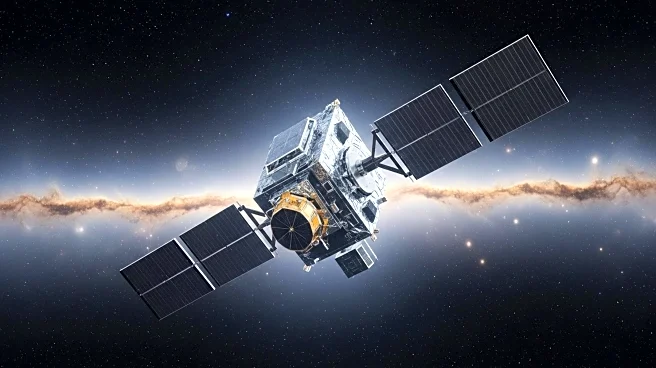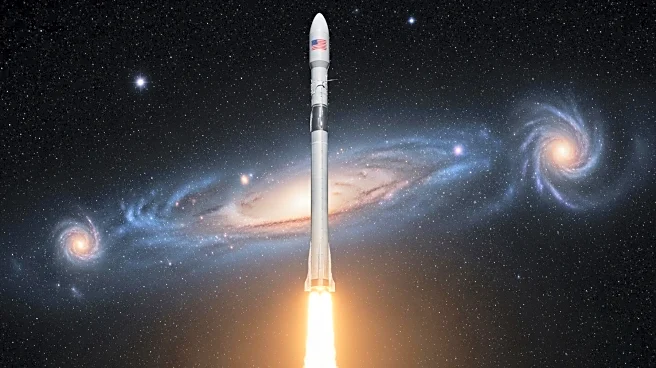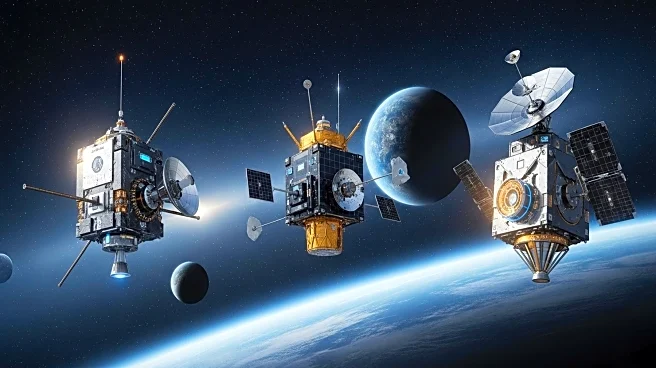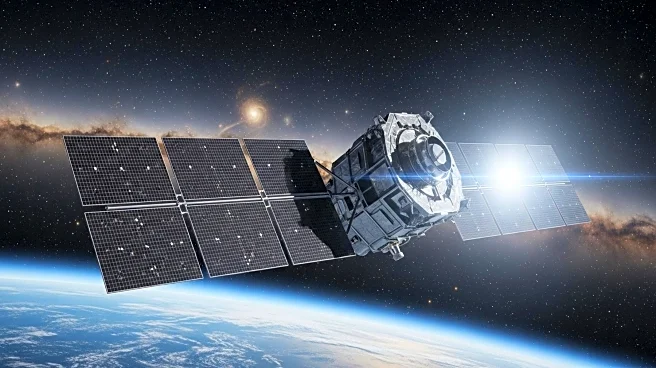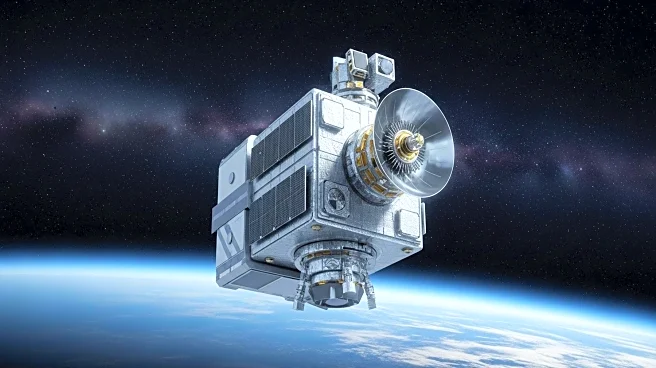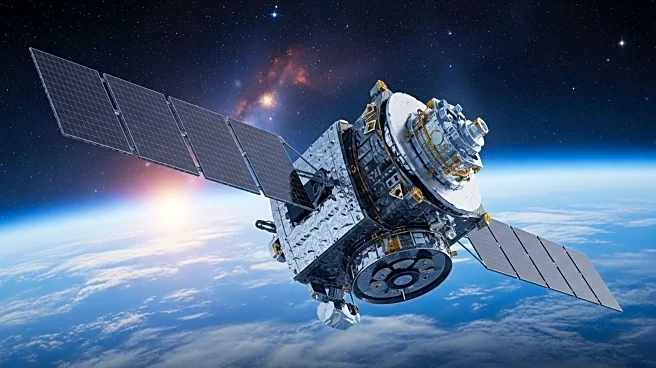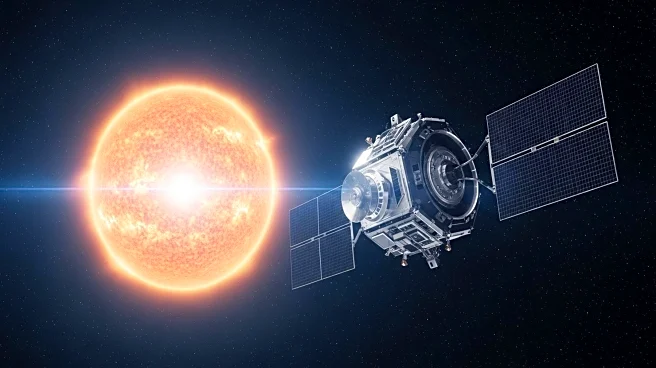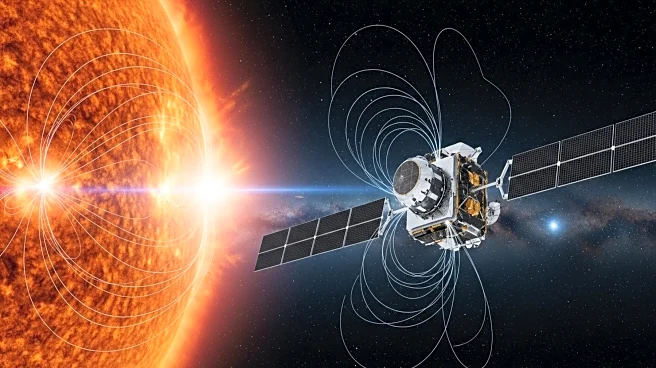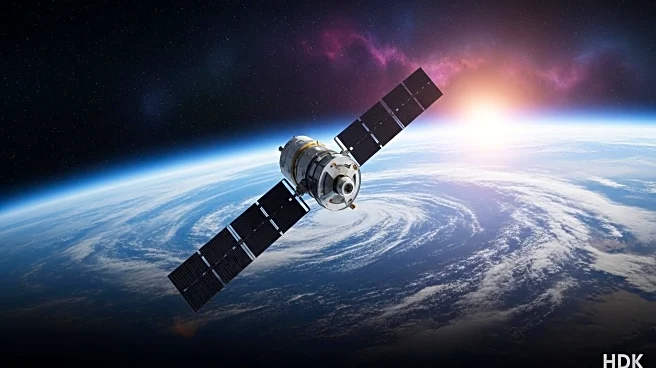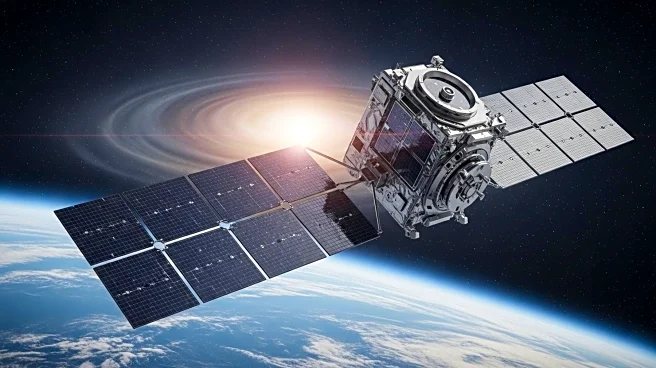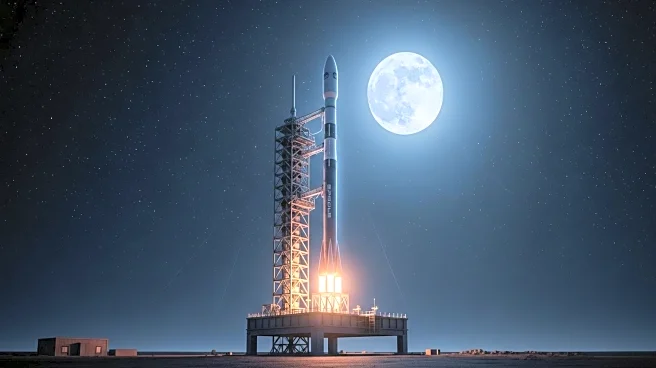What is the story about?
What's Happening?
NASA's Interstellar Mapping and Acceleration Probe (IMAP) mission is set to study the heliosphere, a magnetic bubble created by the Sun that protects our solar system from harmful radiation. The IMAP observatory, equipped with 10 science instruments, will travel to Lagrange point 1 (L1) to study the physics of particle acceleration and provide real-time observations of solar wind and energetic particles. The mission aims to deliver advance warnings for incoming radiation, crucial for NASA's Artemis II mission and future human flights to Mars. IMAP builds on discoveries from previous missions, including Voyager and IBEX, to enhance our understanding of the heliosphere's dynamics.
Why It's Important?
The IMAP mission is significant for understanding the heliosphere's role in supporting life and protecting our solar system. By studying particle acceleration and solar wind, IMAP will provide insights into how our solar system sustains life and aid in the search for life beyond. The mission's real-time observations will enhance space weather forecasting, offering crucial warnings for astronauts and space-based infrastructure. The collaboration with international partners and the use of advanced instruments reflect the importance of global efforts in space exploration.
What's Next?
IMAP will take 108 days to reach L1, where it will begin its observations. The data collected will be used to improve space weather models and provide enhanced warnings for elevated levels of harmful solar particles. As NASA prepares for the Artemis II mission, IMAP's real-time observations will play a key role in ensuring astronaut safety. The mission will also contribute to ongoing research on the heliosphere, building on previous discoveries and offering new insights into its dynamics.
Beyond the Headlines
The IMAP mission highlights the ethical and cultural dimensions of space exploration. Understanding the heliosphere's protective role is crucial for ensuring the safety of astronauts and space-based infrastructure. The collaboration with international partners reflects a shared commitment to advancing space research and protecting Earth from space weather threats.
AI Generated Content
Do you find this article useful?
